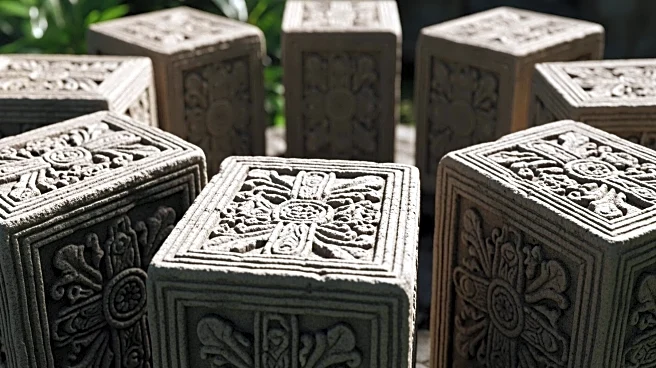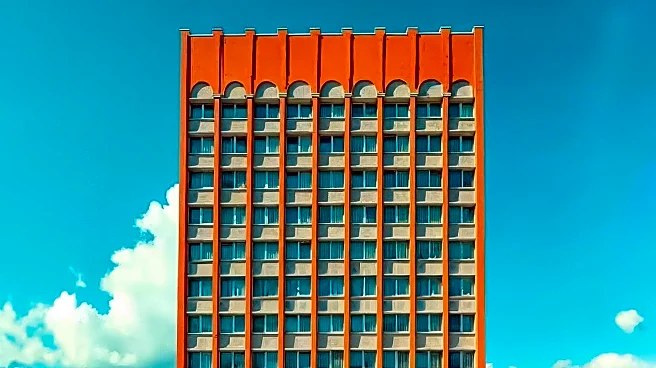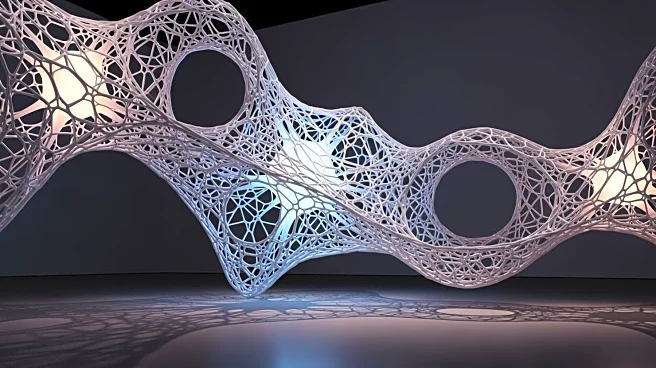What's Happening?
In Huaytará, Peru, researchers are examining the acoustic properties of a unique Incan structure known as the carpa uasi. This three-walled building, which forms the foundation of the Church of San Juan
Bautista, is believed to have been designed to amplify low-frequency sounds, such as drumming, with minimal reverberation. Stella Nair, an associate professor at the University of California, Los Angeles, is leading the study to understand the sonic values of the Incas. The carpa uasi, meaning 'tent house,' is the only known surviving structure of its kind, preserved under the church for over 600 years. The research aims to model how sound would have traveled through and beyond the structure, highlighting the importance of sound in Incan architecture.
Why It's Important?
This research sheds light on the sophisticated understanding of acoustics by the Incan civilization, which is often overshadowed by their renowned stonework. The study emphasizes the cultural significance of sound in Incan society, suggesting that ephemeral elements like sound were deeply valued. By exploring these acoustic properties, researchers can gain insights into the broader cultural practices and priorities of the Incas. This understanding challenges the conventional focus on visual aspects of historical architecture and encourages a more holistic view of ancient civilizations, potentially influencing how modern architects and historians approach the study of historical sites.
What's Next?
The research team plans to develop a model to demonstrate the sound amplification capabilities of the carpa uasi. This model could provide a new perspective on Incan architecture and its cultural implications. As the study progresses, it may inspire further investigations into other historical structures with potential acoustic properties. The findings could also lead to increased interest in preserving and studying ancient sites for their non-visual attributes, potentially influencing conservation strategies and educational approaches in archaeology and history.
Beyond the Headlines
The study of the carpa uasi highlights the importance of considering all sensory experiences in historical research. By focusing on sound, researchers are challenging the traditional emphasis on visual elements in understanding past civilizations. This approach could lead to a more comprehensive understanding of cultural practices and values, influencing how history is taught and perceived. Additionally, the research underscores the need to preserve historical sites not only for their visual and structural significance but also for their intangible cultural heritage.












